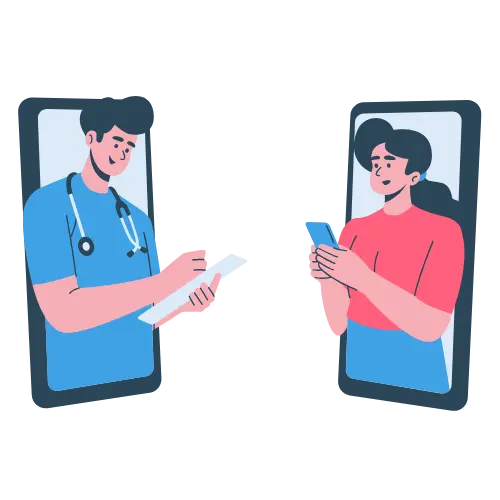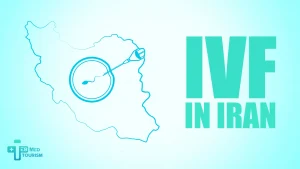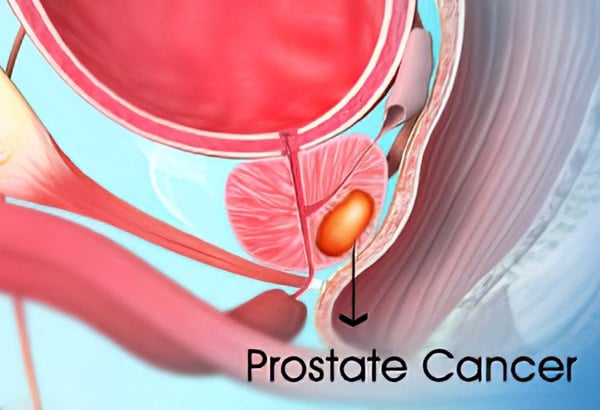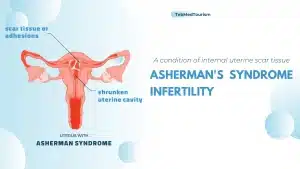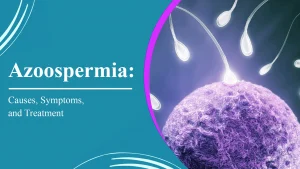The prostate is a small gland in the male genital tract. It helps build semen (milky fluid that moves sperm from the testicles along the penis during erection). Also, the prostate surrounds part of the urethra, a tube that carries urine out of the bladder through the penis. Nowadays, prostate cancer has a high incidence among men over the age of 40 to 50. Like all other diseases, it is caused by signs and symptoms in the body. Recognizing these symptoms can help early diagnosis and prevent progressive prostate enlargement by medications, but in severe cases Prostatectomy is needed.
Prostate cancer cause and its types
The underlying cause of prostate cancer is somewhat unclear. Medical research has only been able to point to cellular problems. Just like other types of cancer, prostate cancer also occurs when abnormal cells are produced in this genital tract. These mutant cells spread much faster than normal cells and occupy more space than the prostate. The growth of these cells can lead to a tumor in the prostate tissue; then the cells separate from the tumor and grow in other parts of the body. In general, the causes of prostate cancer are divided into several parts, including:
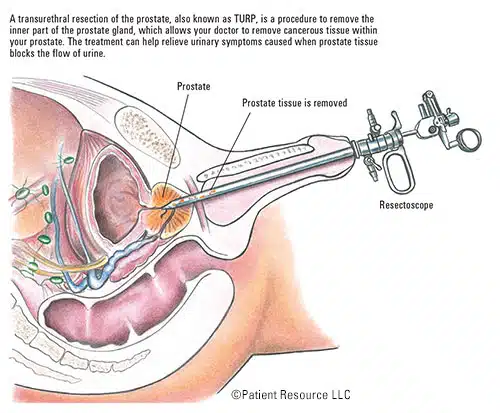
Prostatectomy is needed in the following situations of Prostate cancer
Because of the position of the prostate in the body, prostate cancer is usually accompanied by specific symptoms following which Prostatectomy is needed. When the prostate grows due to cancer or other problem, the conduit becomes narrower and narrower in the prostate. As the tube narrows, it will not be difficult to get the urine out.
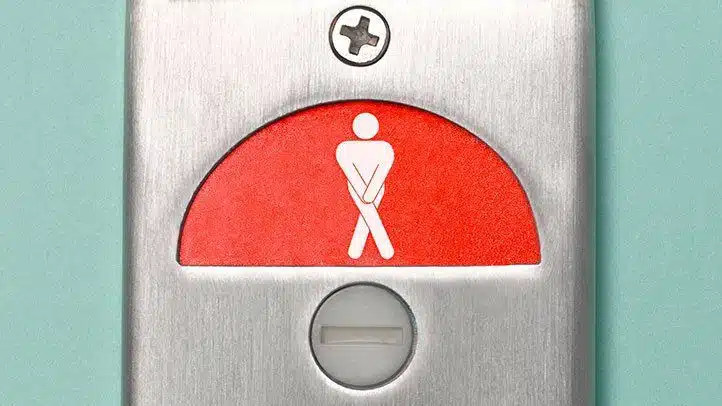
Postoperative nursing measures regarding Prostatectomy
After a prostatectomy, on the day of the operation, the patient will be helped to hang his legs beside the bed. The next day, the patient gets out of bed. If the patient has pain, the cause and location of the pain should be determined. Pain may be related to surgical incision after prostatectomy; it may be due to the bladder spasm. In the event of bladder spasms, the patient may feel an urge to urinate, pressure on the bladder, and bleeding from the urethra that is accompanied by blood flow through the urinary catheterization. Muscle relaxants can relieve bladder spasms, which can be intermittent and severe. Warm compresses on the pubis area and the bathroom can also reduce spasm.

